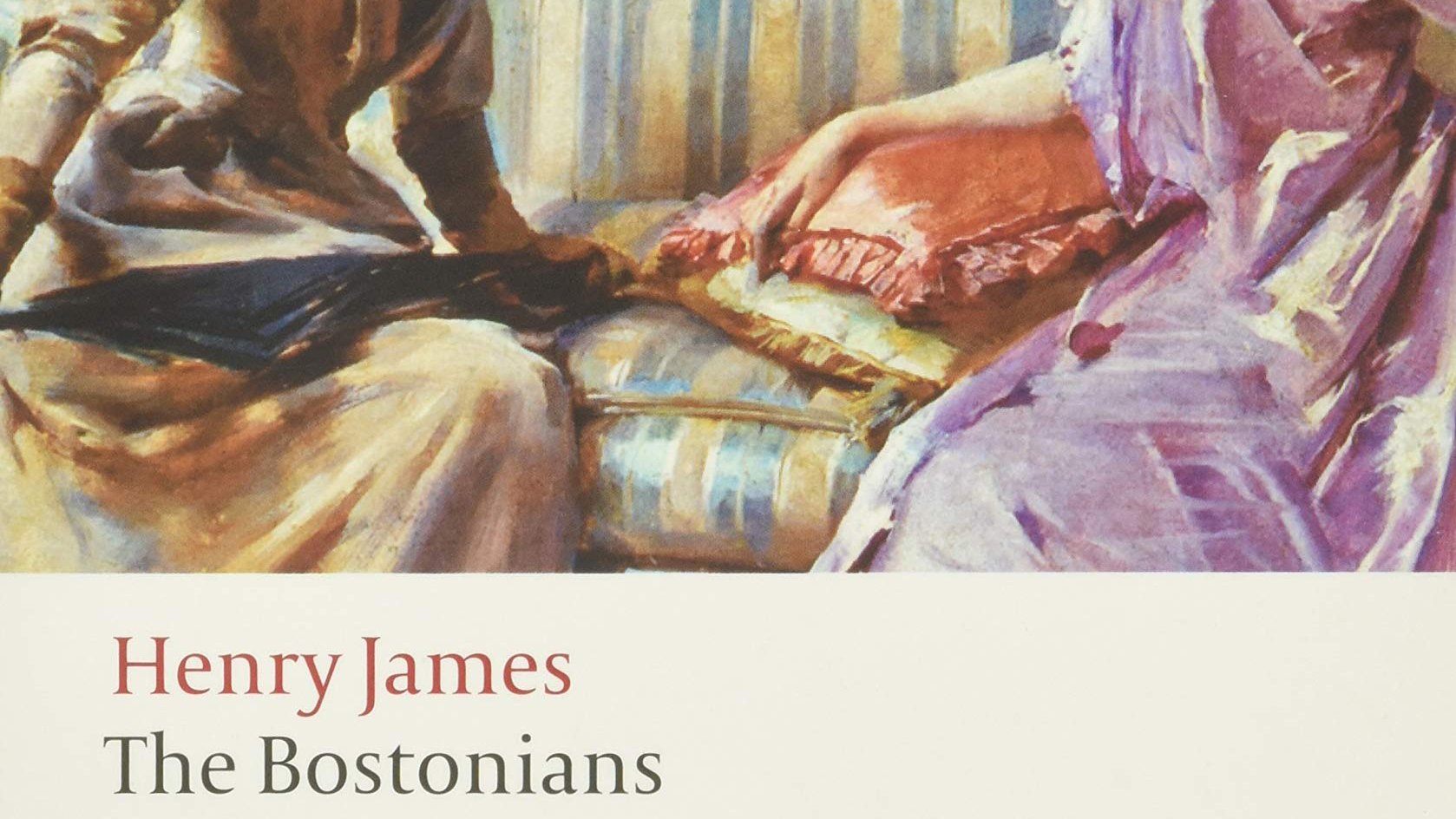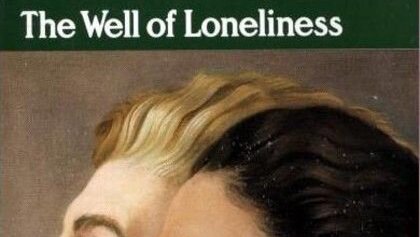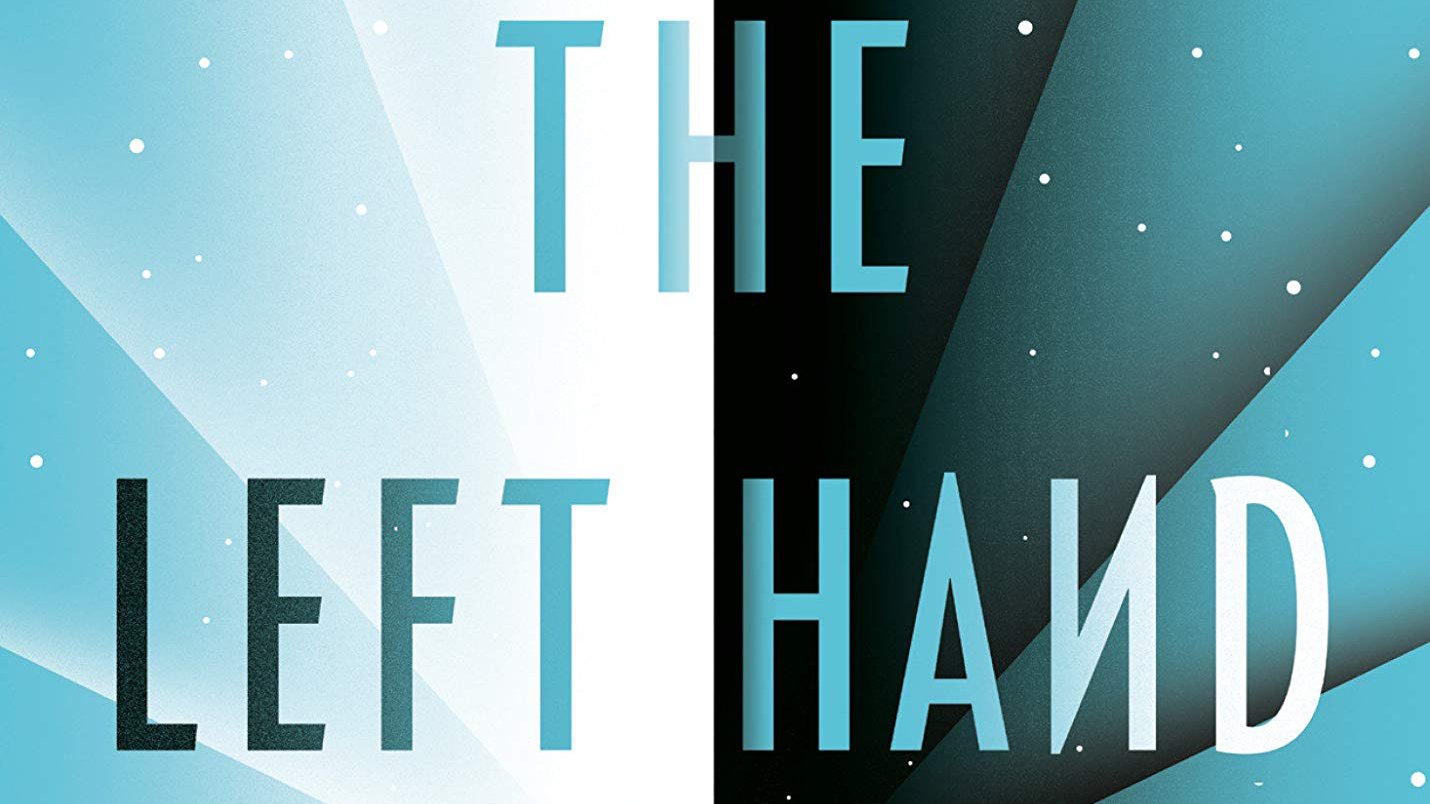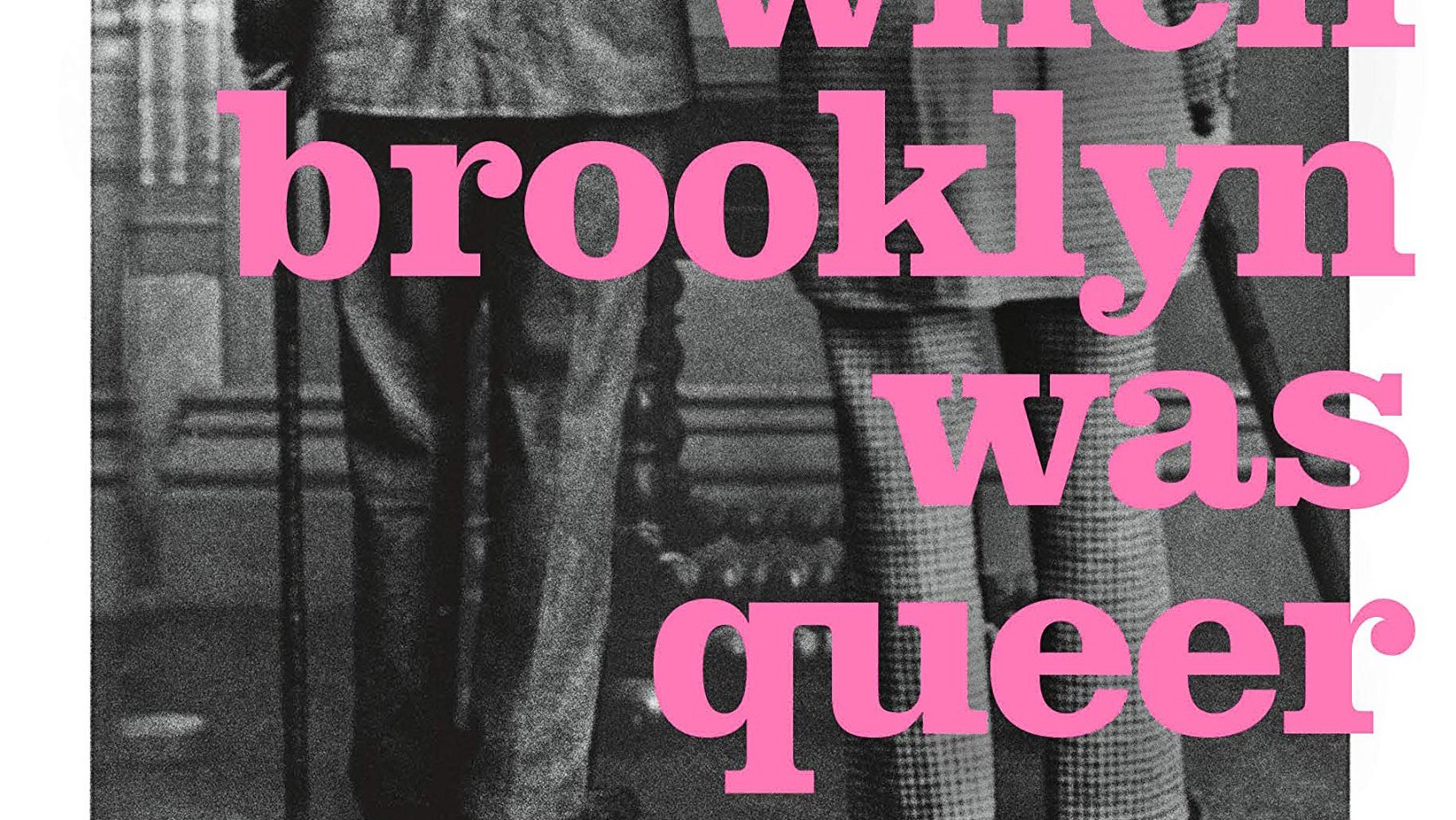The Evolution of Queer Literature
June is LGBTQIA+ Pride month, so -- since historical writing is one of the many foci of this newsletter -- let's celebrate some titles that served as important historical landmarks in the eventual creation of good queer literature. You may not decide that these books are good, or that their publication was entirely helpful to the community or to gay rights, but they're only featured here because, for a long time, they represented almost the only information about queer lives available to a cis audience.
THE BOSTONIANS by Henry James (1886) comes from early in his career and may be the earliest instance of a mainstream American writer taking on the forbidden subject of a gay love affair between a young feminist, Verena Tarrant, and Olive Chancellor, a public figure in the women's rights movement.
It's worth reading the book just to study how James, bending over backward and standing on his head, gets it across to all but his thickest readers that Olive and Verena have feelings for each other that go beyond passionate friendship and shared political convictions -- and he does it without ever saying so. It's because of this book the term "Boston marriage" was coined as a euphemism for a love relationship between women.
THE WELL OF LONELINESS by Radclyff Hall (1928) is beautifully written and a classic but it repeats an unfortunate motif introduced in The Bostonians in which the gay character -- in this case a boyish girl named Stephen -- is doomed to unhappiness by the strangeness of her desires and is shown only briefly hopeful and successful in love. And then, as happens with Olive Chancellor, all hopes are dashed as the lover decides they are not gay after all and abandons the hero, suppresses their orientation, and marries the hero's cis rival.
MAN INTO WOMAN by Neils Hoyer (1933), translated from the German text, is the story of Lili Elbe who underwent the first known sexual reassignment and whose life was dramatized in the film The Danish Girl starring Eddie Redmayne. Lili started life with the name Einar Wegener, which Hoyer changed to Andreas Sparre for the book. Before transitioning, Lili had already become a noteworthy Dane as Einar, because of her oil paintings. Hoyer writes about Einar/Lili and wife Grete and other key figures in the story in the third person, with dialogue, turning the book into an original sort of autobiography that works like a novel.
The close-third-person writing brings us close to Lili, deep inside her emotional experience of her transition: "One day her confessions -- and she smiled at this thought -- would burst upon mankind as the confessions of the first person who was not born unconsciously through a mother's travail, but fully conscious through her own pangs."
THE LEFT HAND OF DARKNESS by Ursula K. Le Guin (1969) was much before its time in telling the story of Genly Ai, a cis diplomat who travels by spaceship on a mission to a bisexual planet covered in ice and snow with the name, translated to English, of Winter. Ai's mission is to persuade the planet's warring rulers to put differences aside and join a sort of NATO made up of civilized worlds. On Winter, nobody is male or female except for a short period each month.
During this period, if they encounter someone they like, they become male or female, and their partner becomes whichever is opposite, and they mate. We never know why -- Is it because he is a single sex and can have sex every day? -- but Genly Ai quickly makes enemies, is thrown in a Siberia-like prison, and his only hope is to attempt the impossible, walking to safety across a glacier hundreds of miles wide with a fellow prisoner, an exiled bisexual prince, as his guide.
WHEN BROOKLYN WAS QUEER by Hugh Ryan (2019) is an extraordinary history of gay life in New York starting all the way back in Walt Whitman's day in the 1850s including a thorough study of gay life among the sailors of the Brooklyn Navy Yard, circa WWII. The book chronicles the founding and growth of early gay communities in New York that finally became an explosion, aka the Stonewall Riots of 1969 in which the police and a crowd of gay-rights protesters clashed outside Manhattan's Stonewall Inn. After you read it, On The Town, the famed musical comedy set near the Navy Yard, about three sailors on shore leave, starring Gene Kelly and Frank Sinatra, won't be quite the same movie.
Right now is a good time for an upbeat gay pride movie, so check out DESERT HEARTS (1985), based on the 1964 Jane Rule novel, Desert of the Heart. This film played in Kansas City back in the Eighties, back in the day when Westport featured a tiny, always-packed art house theatre called The Bijou.
For any new readers: My new novel, Tania the Revolutionary, is available on Amazon for Kindle and paperback or Barnes & Noble for eBook.






